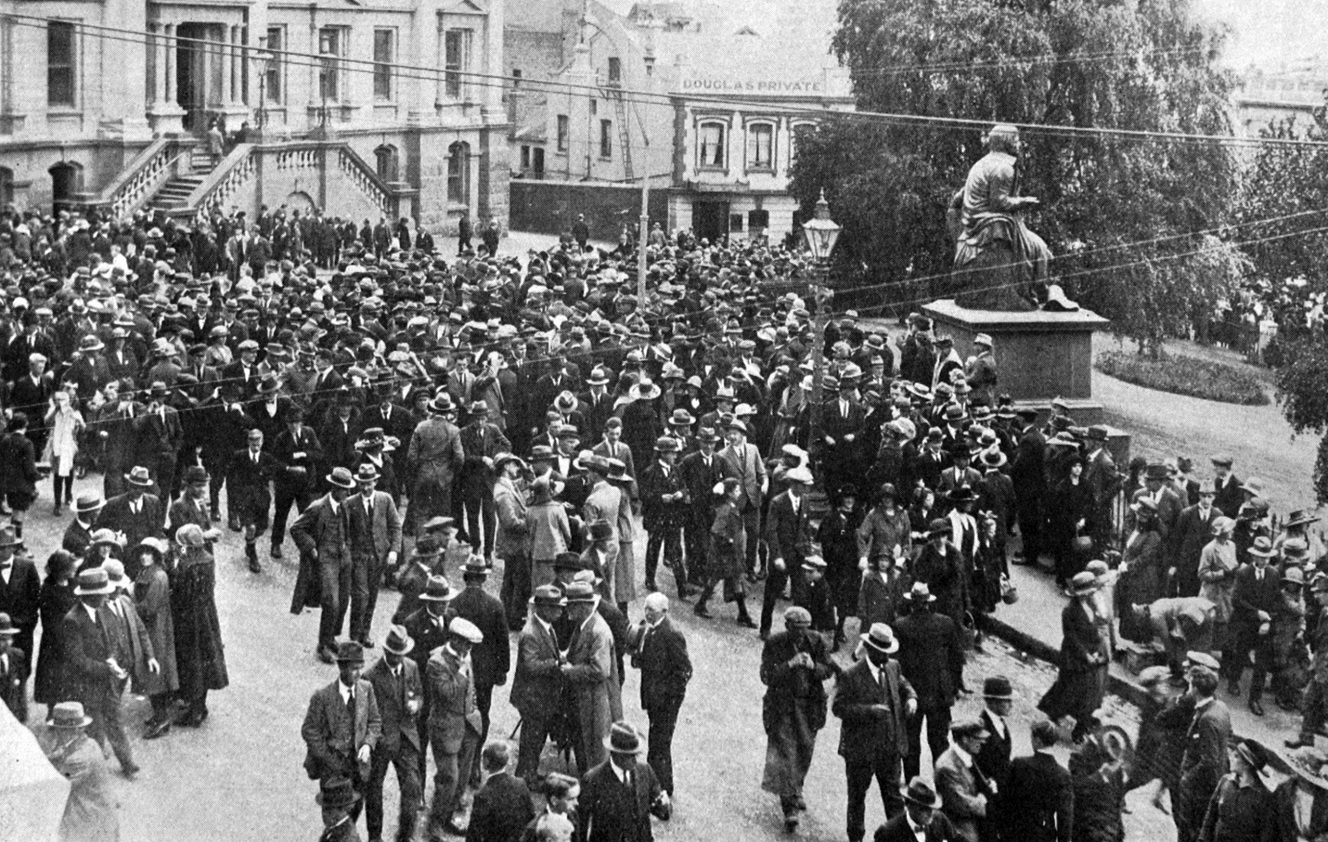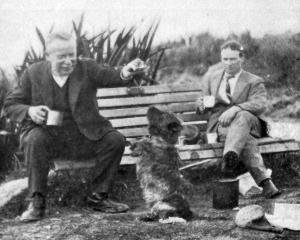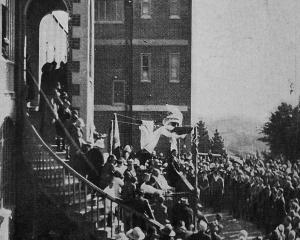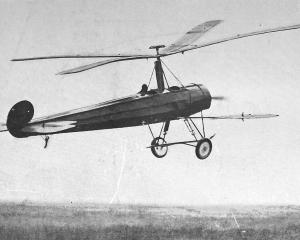
Origin of fundamental road rule
"Keep to the Left" — the original rule of the road — was instituted by Pope Boniface VIII, who undertook to have the traffic in Rome regulated on the occasion of his jubilee in the year 1300. This decree was that all road users should keep to the left; and this held sway on the Continent until the French Revolution, when it was decided to reverse the order, on the grounds that it was religious in origin. This explains why in England and in a few countries more removed from the effects of the Revolution, vehicles still keep to the left. An interesting feature is that railway trains in France and elsewhere on the Continent of Europe run on the left, owing to the fact that the first railways there were laid by British engineers.
Progress at Waipori
The big extensions at the Waipori power station are developing apace. The new pipeline will increase the horse-power available from Waipori from 8000 to 12,000. The pipes, the largest of which are 4 feet 9 inches in diameter, about 25ft long, and weigh up to 4 tons, will rest on numerous blocks of concrete that are now being built in the steep hillside. At intervals there are massive anchor blocks of concrete, containing perhaps 1000 cubic feet and forming points to which the pipe line will be rigidly fastened and from which it may expand upwards. Most fortunately the bluestone tailings from the tunnel make an admirable base for the concrete, and it is those tailings which after some washing are being trucked down the tram lines now to the concrete workers. Not far from the tunnel mouth ground is being levelled for the new surge chamber, a huge circular concrete reservoir into which the water for the new pipe will discharge from the tunnel. The extra line, of course, necessitates increased accommodation at the power house, and there, too, the work is going forward well. The foundation has been excavated to the solid rock, and is now being filled in with concrete. The pipes when in position are to be rivetted together by compressed air supplied by a 15hp motor connected with the power house.
Waitahuna woman dies
There passed away recently, at the age of 84 years, a very old and highly respected resident of Waitahuna district in the person of Mrs Redpath, relict of Mr Thomas Redpath, one of the first settlers at Mount Stuart. Born at Darley, Ayrshire, Scotland in 1838, she left for New Zealand with her husband in the sailing vessel Thomas Henderson, and arrived here in 1860. — ODT, 13.11.1922












